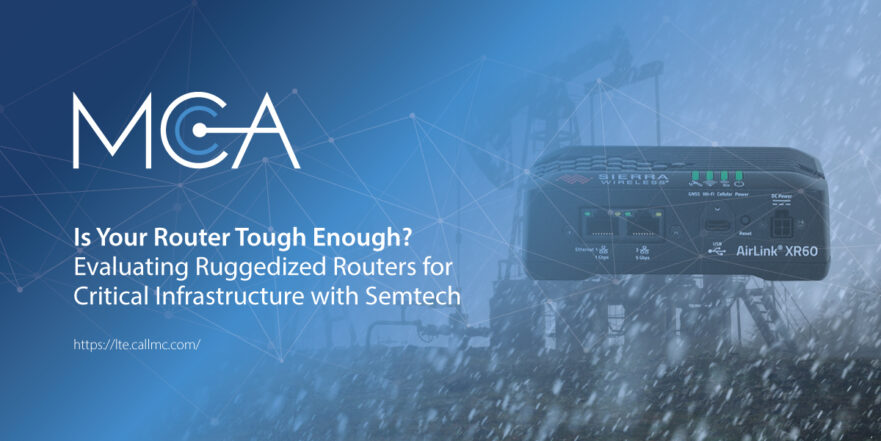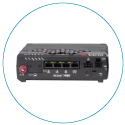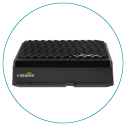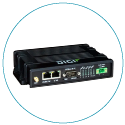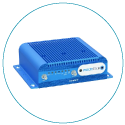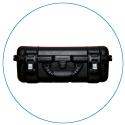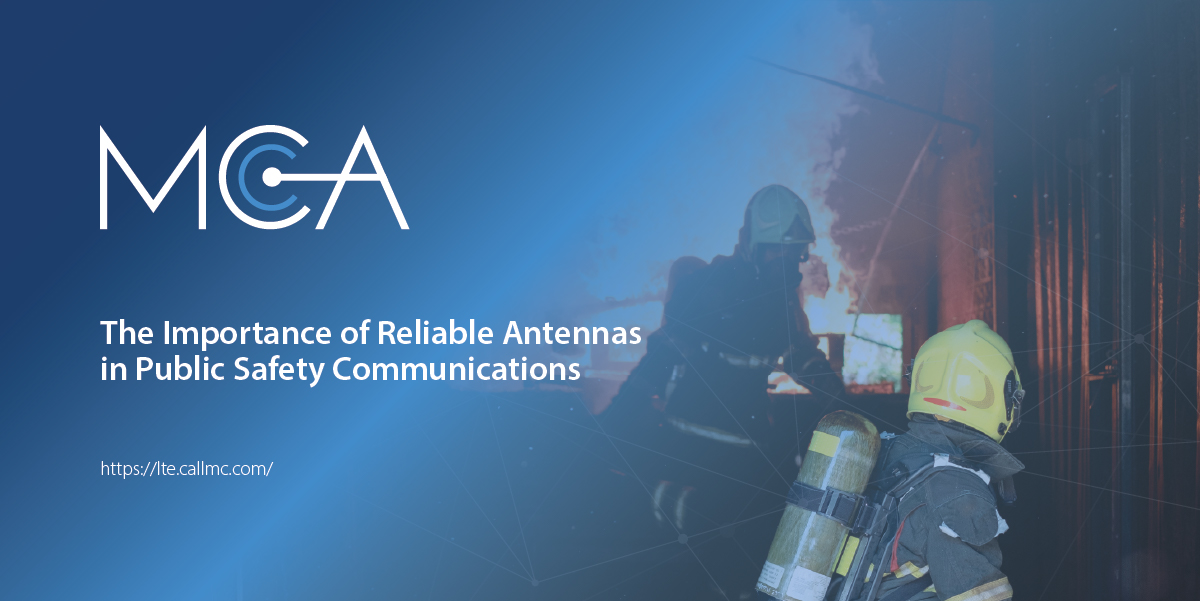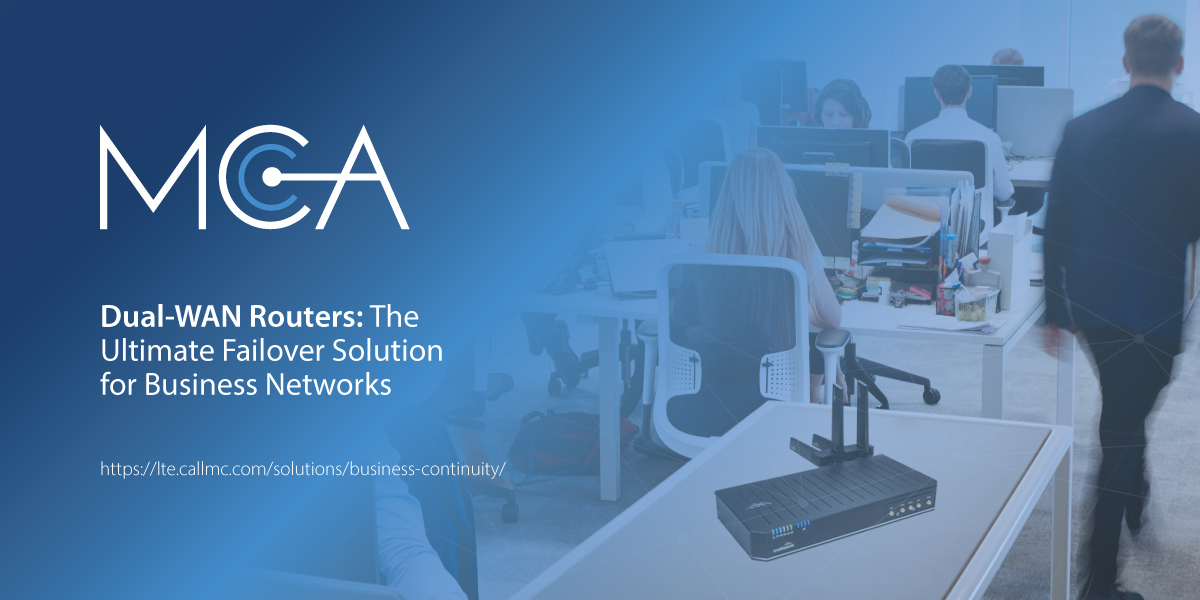What Does “Rugged” Mean for Commercial Routers?
In exploring SemTech AirLink® Pro Router solutions, like the recently launched AirLink® XR60 - the most compact rugged router - one recurring term we encounter is "rugged." But what significance does this hold? Why is ruggedness essential for critical applications? And what specific features must a router possess to merit the "rugged" designation?
A router's ruggedness encompasses more than just labels and specifications - it represents a comprehensive approach involving design, testing, and certification to ensure optimal performance under demanding conditions.
SemTech AirLink® Pro ruggedized routers epitomize this comprehensive ruggedness. Engineered to endure extreme environments, these routers minimize communication disruptions, sustain peak performance, and exhibit durability over time.
Yet, the true value of a rugged router lies in its proven performance under harsh conditions. Whether connecting critical assets in an oil field or a police vehicle, partnering with a trusted provider demonstrating field-proven performance is paramount.
Why Ruggedness Matters
Reliable Connectivity
Uninterrupted communication is vital in mission-critical scenarios like public safety operations or emergency responses, such as a police car rushing to an accident or an ambulance transporting a patient to the hospital. In these - and similar - situations, dependable connectivity can mean the difference between life and death.
Since cellular routers are often deployed in harsh environments that face extreme temperatures, shocks, vibrations, and voltage fluctuations, only routers engineered with a comprehensive approach to ruggedness can endure these conditions and maintain crucial communications.
Sustained Performance
Reliable Connectivity
Enhanced Safety
What Makes a Good Rugged Router?
Durable Materials
Opt for routers encased in die-cast aluminum enclosures. These materials withstand environmental stressors and efficiently dissipate heat from high-performance 5G or LTE chipsets.
Shock and Vibration Resilience
Seek out routers explicitly designed for vehicle applications and certified against stringent shock and vibration standards such as MIL-STD-810 and J1455.
Dust and Water Protection
This is especially crucial for environments prone to dust or water exposure, like construction sites or deserts. Check for a minimum IP64 certification, essential for outdoor deployments, to ensure the router maintains the integrity of its internal components.
Extreme Temperature Range
Look for routers with wide operating temperature ranges, typically from -40°C to +70°C. Additionally, rigorous testing must be verified against requirements such as MIL-STD-810 to ensure consistent performance during sudden temperature fluctuations.
Voltage Protection
For routers utilized in grid or vehicle operations, protection against extreme voltage variations is paramount. Key features to look for include:
Low Power Consumption
Low Power Consumption is critical for routers in remote areas, often powered by solar panels and batteries. Lower power consumption enhances reliability.
Overvoltage and Load Dump Protection
Crucial for vehicle deployments to withstand severe spikes in voltage, typically associated with loose or disconnected battery terminals.
Brownout Protection
Prevents router rebooting during momentary voltage drops, ensuring continuous operation during voltage dips, such as vehicle startup voltages.
Hazardous Environment Ratings
In environments like oil and gas operations where flammable vapors or gas may be present, rigorous testing and certification are essential for safety. Look for routers certified through globally accepted standards like North America's Class 1 Div 2 or Europe's ATEX, ensuring safe operation in hazardous zones.
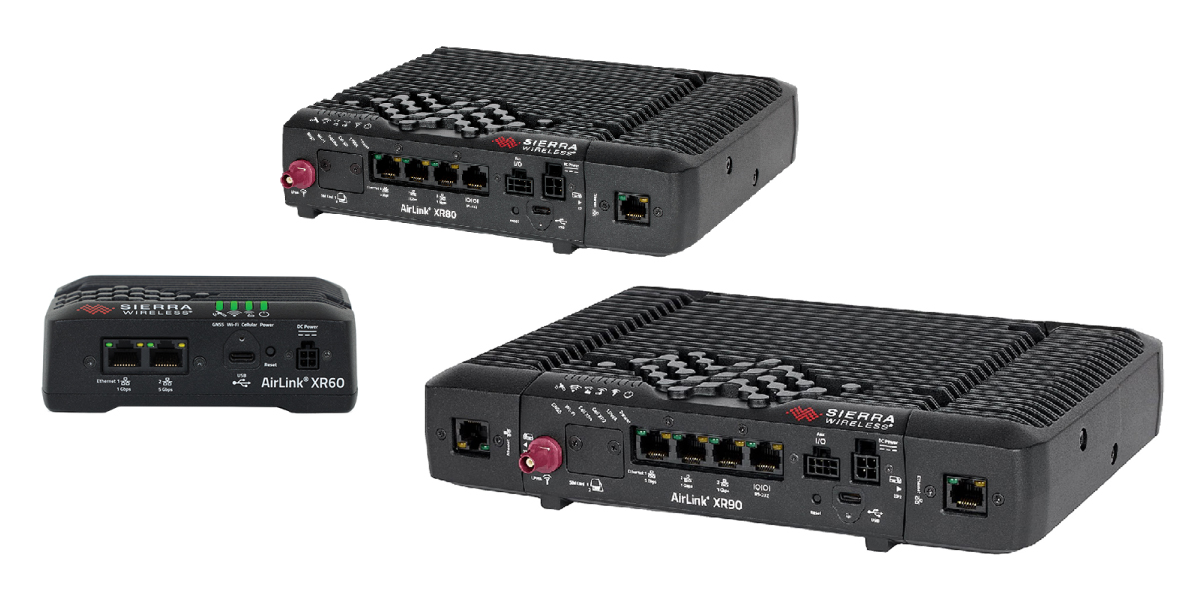
Is My Router Rugged Enough For Use In Critical Infrastructure?
When seeking a dependable wireless router to facilitate the connectivity and management of critical infrastructure, opting for a purpose-built system with a proven track record in real-world scenarios is important. Routers in mission-critical deployments must exhibit ruggedness to ensure uninterrupted operation in highly challenging environments. It should withstand exposure to extreme temperatures, humidity, vibration, and volatile power conditions, such as those in remote and infrequently visited locations. A router designed for use in a data center simply won't suffice in such demanding conditions.
The absence of formal, standardized testing and certification for router ruggedness complicates understanding precisely what you're purchasing. Therefore, it becomes imperative to look beyond mere specifications and delve deeper into the intricacies of system design, reliability testing, and certification compliance.
The following questions will help determine the information needed to make the best selection.
What Is The Enclosure Made Of?
The material of the enclosure is a crucial consideration due to the heat generated by today's high-performance chipsets, particularly those based on 5G and Wi-Fi 6 technologies. Heat accumulation can lead to product malfunctions and damage internal electronics, underscoring the importance of efficiently dissipating this heat from the router.
While extruded aluminum enclosures are cost-effective and robust enough to withstand basic drop tests, they aren't optimal for heat management. On the other hand, die-cast aluminum is a superior choice as it can absorb and dissipate heat more effectively. Moreover, die-cast aluminum offers greater flexibility in design, enabling the incorporation of features such as built-in heatsinks, thermal gaskets, and ground rings. These elements enhance heat dissipation and facilitate secure and safe mounting of the router.
Can The Enclosure Withstand Exposure To The Elements?
Wireless routers deployed in critical infrastructure and vehicles often encounter dust, dirt, and liquids. The seals around the enclosure and all ports must be sufficiently tight to prevent foreign elements from entering the system and causing failures. The ability to withstand exposure to damaging substances is assessed through standardized ratings for Ingress Protection (IP).
The first digit in an IP rating signifies protection against hazardous parts (such as conductors and moving parts) and the ingress of solid foreign objects. Meanwhile, the second digit denotes protection against water. In environments where routers may be exposed to the elements, a minimum rating of IP64 is recommended. This rating ensures that the enclosure is dust-tight and capable of withstanding splashing water, safeguarding the router from potential damage.
How Does The Router React When Exposed To Low Voltage Conditions?
When assessing routers intended for remote areas powered by solar panels and batteries, attention must be given to their power supply characteristics, particularly in light of voltage variations that can disrupt operation. Here are three crucial factors to consider:
Power Consumption
Lower power consumption enhances reliability, especially when utilized with solar charging. Highly efficient routers enable smaller and more cost-effective solar panels and batteries. In adverse conditions like limited power generation due to snow on solar panels, routers with lower power consumption ensure remaining power stretches further, enabling prolonged communication. Look for idle routers consuming less than 1W when connected to the 5G network.
Voltage Range
The router should operate across a wide voltage range to withstand power variations, particularly during winter with shorter daylight hours. For instance, in a 12V system, voltages may drop as low as 5V. Therefore, a device capable of functioning within a range like 5-7VDC ensures continuous operation during voltage dips, including startup voltages in vehicles that can dip significantly low.
Standby Mode / Low Voltage Disconnect
A well-designed rugged router offers a standby or lower power mode, enabling the device to reduce functionality and enter a very low power consumption state. For instance, a remote router may run for five minutes at the top of every hour to respond to hourly requests from a SCADA system. Additionally, standby mode safeguards batteries from damage in adverse conditions by shutting the router down if the voltage drops below a certain threshold (ex:10VDC) until it reaches a level sufficient for recharging (ex:12VDC from the solar panel).
How Does The Router Perform At The Extremes Of Its Temperature Range?
A router in an enclosed space or within a vehicle must be able to withstand extreme temperature variations experienced during the hottest summer days and the coldest winter nights. In enclosed spaces, temperatures can soar even higher than the ambient air temperature, posing operational challenges for the router. Typically, rugged routers are designed to operate within an extended temperature range of -30 to +70 °C (-22 to +158 °F) to accommodate such demanding environments. However, issues may arise at the limits of these ranges, such as failure to start, slower data rates, degraded radio output, or shutdown of key components.
While certain actions may occur to safeguard the router's circuitry during extreme conditions, they should remain exceptional occurrences falling outside normal operating parameters. Any indication of reduced performance or power output within the specified temperature range should raise concerns. It's essential to verify that the router underwent thorough testing under extreme conditions, such as running at maximum capacity with data transmission over a 5G radio, high transmit power, and maximum speed loading of Ethernet ports at both temperature extremes and beyond.
Temperature testing necessitates specialized equipment like thermal chambers and "call boxes," which simulate carrier networks in a laboratory setting. Ensuring that the router underwent temperature testing in a formal, properly structured environment is crucial for reliability and performance assurance.
Can The Router Be Used In Hazardous Environments?
Cellular routers must be meticulously designed to minimize ignition risks in hazardous environments like oil and gas upstream, midstream, and downstream operations. All electronic equipment, including routers, intended for use in such locations must undergo testing by an independent laboratory and obtain certification affirming its safety under these conditions. It's crucial to seek out routers certified through internationally recognized standards such as Class 1 Div 2 in North America or ATEX in Europe to ensure compliance and mitigate potential hazards associated with operation in hazardous environments.
How Does The Manufacturer Test The Router?
Durability and reliability are the paramount measures of success for ruggedized routers. Leading manufacturers employ Accelerated Life Testing (ALT), an exhaustive process that simulates more than seven years of wear and tear on the product. These tests meticulously replicate the harsh conditions and high-stress scenarios that routers may encounter throughout their lifespan, including extreme temperatures, vibrations, and power fluctuations. This rigorous testing regimen is essential to guarantee the quality and reliability of rugged routers over time.

In Conclusion
About MCA and Our CNS Team
MCA is one of the largest and most trusted integrators in the United States, offering world-class voice, data, and security solutions that enhance the quality, safety, and productivity of customers, operations, and lives. More than 65,000 customers trust MCA to provide carefully researched solutions for a safe, secure, and more efficient workplace.
Our Cellular Networking Solutions (CNS) team (formerly known as USAT) is made up of certified experts in designing and deploying fixed and mobile wireless data connectivity solutions for public and private enterprises nationwide - complete with implementation, training, proof of concept (POC), system auditing, and on-site RF surveying services with optional engineering maintenance contracts.
Our extensive Semtech catalog of world-class routers, gateways, and software designed for remote monitoring and management in even the harshest environments allows us to deliver a full suite of reliable technologies capped with a service-first approach.
Share this Post

